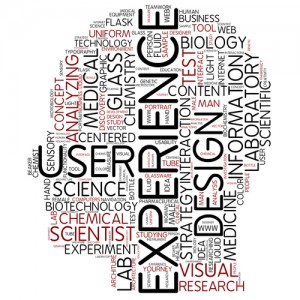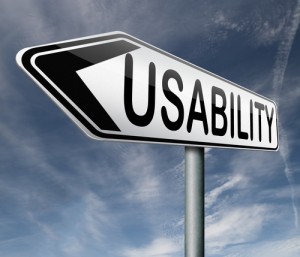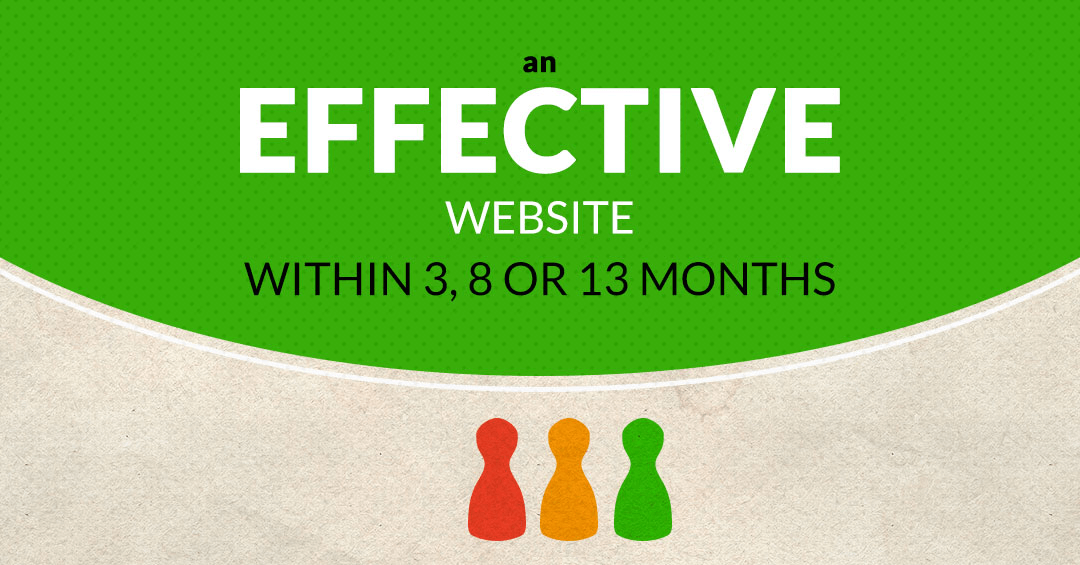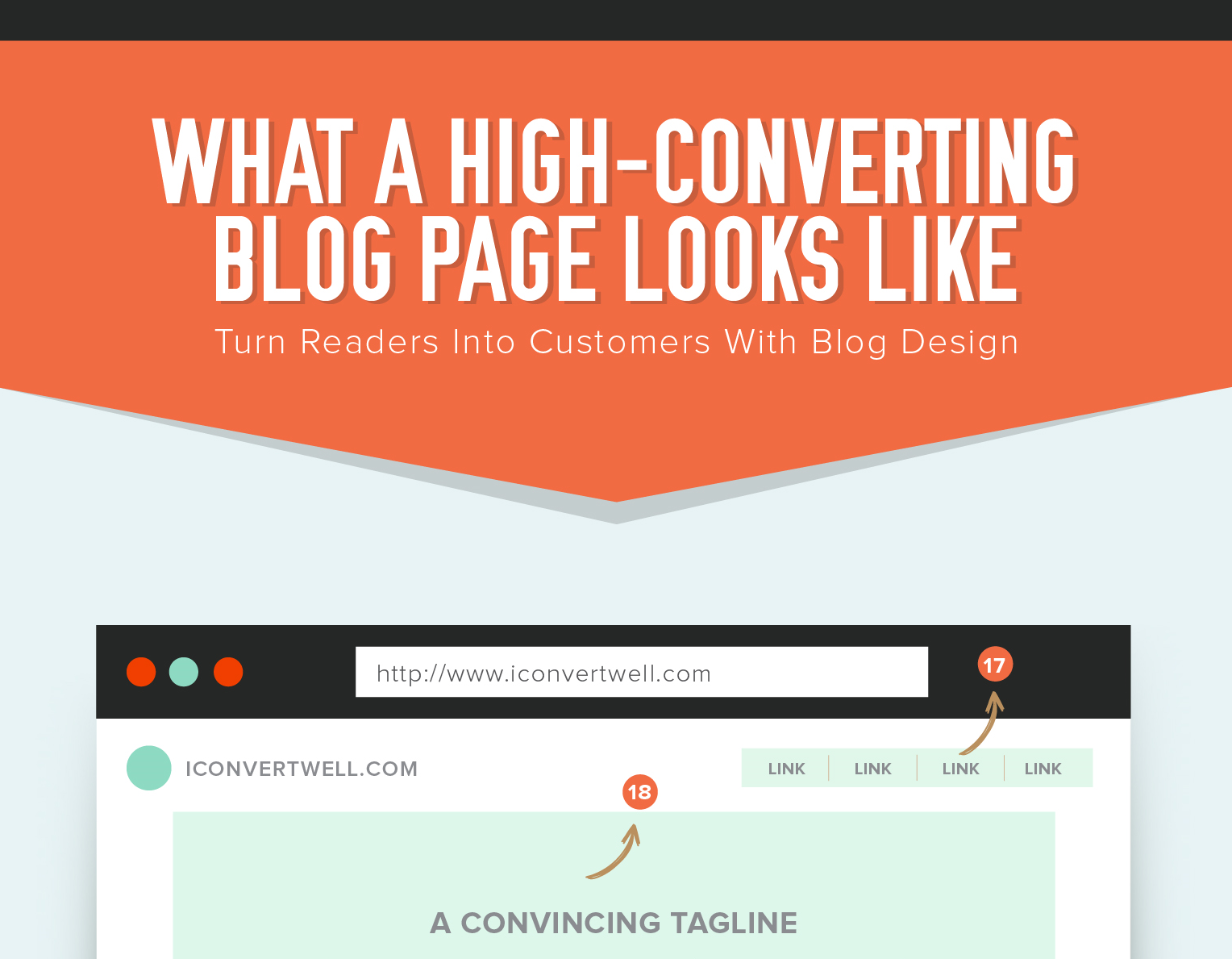
What is the future of innovation in business? In the past, it all had to do with products themselves. The products were responsible for increasing customer loyalty, market share, and profits. Today, however, things are changing. As technology evolves it becomes easier for competing companies to match each other in regards to improvements and the latest features. If the differences in the products themselves are nearly negligible, what are buyers looking at and measuring to make their purchase decisions?

User experience.
User experience relates to every piece of a product. The interface, copy, and interactive elements all play a role in the overall experience. The most successful companies are reimagining the user experience to deliver something new and innovative. They look beyond simple form and function to develop unique - and beautiful - solutions. When innovating the user experience, designers need to look at the wider experience rather than focus on very specific design elements or features. By taking this more extensive view of the user experience designers are better able to take a closer look at the ways customers use the product and find new solutions that address customer issues and concerns.
Previously companies were happy when products worked reliably and didn’t put much stock in design. These products, particularly in the banking industry, were not designed with the end user in mind. Success was defined when technical parameters were met. These applications and products were not intuitive, and the end user was expected to undergo training in order to understand and use the product.
As the field of user experience has continued to evolve, more emphasis has been placed on making products that are innovative, functional and intuitive. Design is just as important today as reliability is. But what is the most important thing for design and product teams to consider when building new solutions?
The customer.
More of today’s companies are understanding the importance of discovering how customers are using products. 73% of companies that were not conducting user experience testing in 2013 would be doing so in the year 2014, according to a 2013 User Experience Survey Report from Econsultancy. In the same report nine out of ten respondents agreed that “good user experience just makes sense.”

One innovation in particular stands out as something that takes current user behaviors into account: cross-platform development. A 2012 study from Google showed that 90% of today's media consumption is screen-based. The study also noted that users regularly bounce around from smartphones, tablets, and PCs. Multi-screen use is the new normal and designers and developers need to meet the associated customer needs. Not only do new products need to deliver superior user experiences, they also need to work seamlessly across multiple platforms and devices.
If a business wishes to succeed, they have to change along with the technology and the users. Engineering and design must be perfectly married in today’s world. Anything less and customers will turn to the companies that are creating solutions that speak to them in a language they understand. Once a company has this basic thought process and approach down, they are free to deviate from the norms and deliver truly innovative, customer-focused designs and experiences.
Russel Cooke is a business consultant specializing in Customer Relationship Management. In his free time, he contributes predominantly business-related articles, something he enjoys doing tremendously. You can follow Russel on Twitter @RusselCooke2.
Related Posts
Russel Cooke who lives in Los Angeles, CA is a business writer and consultant specializing in Customer Relationship Management. In his free time, he contributes predominantly business-related articles, something he enjoys doing tremendously. You can follow Russel on Twitter @RusselCooke2.






[…] User Experience: A Divide in What We Know, and What We Think […]